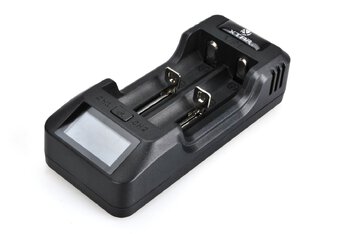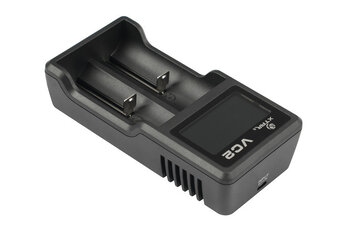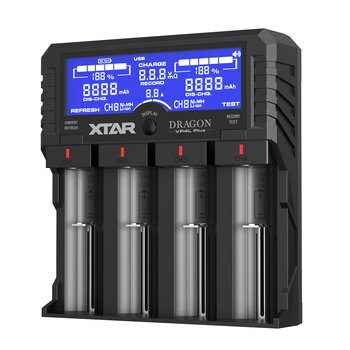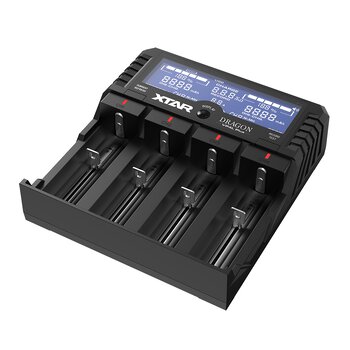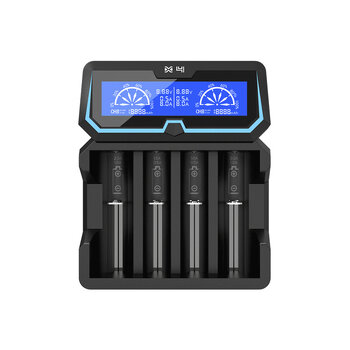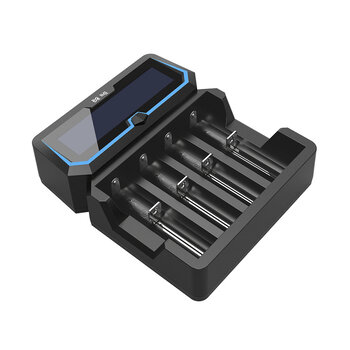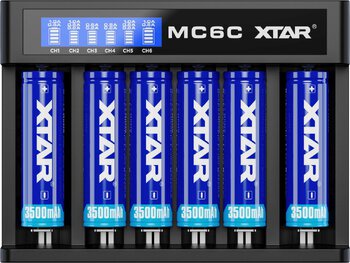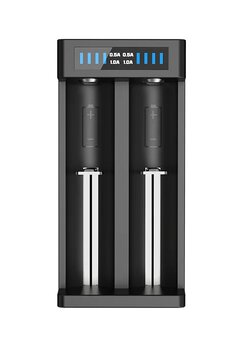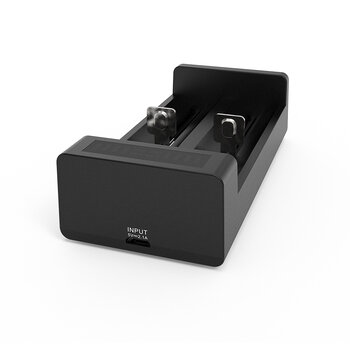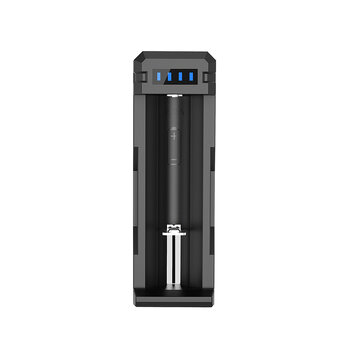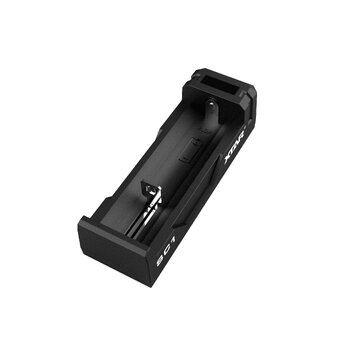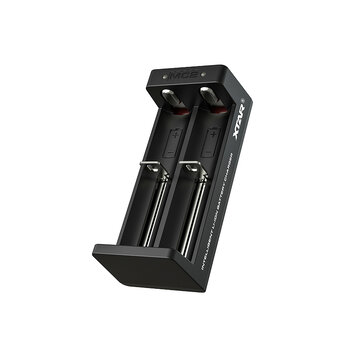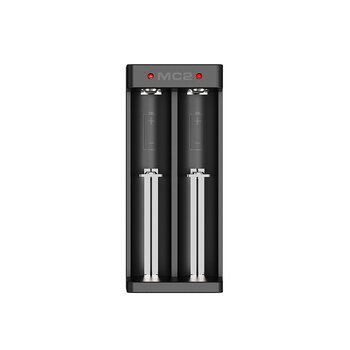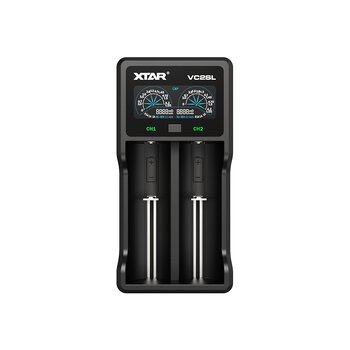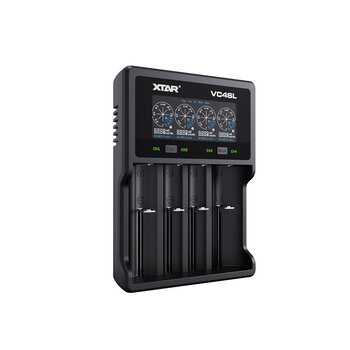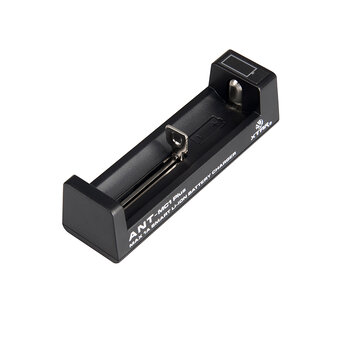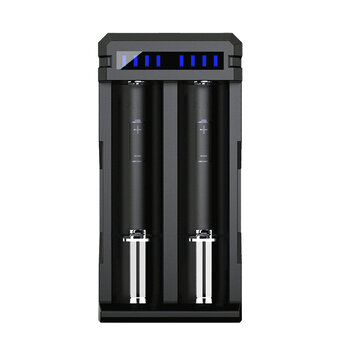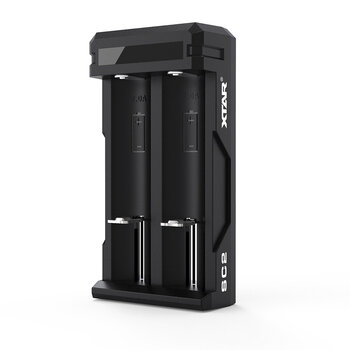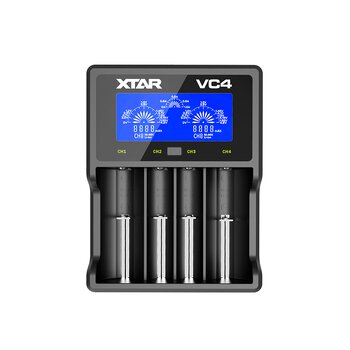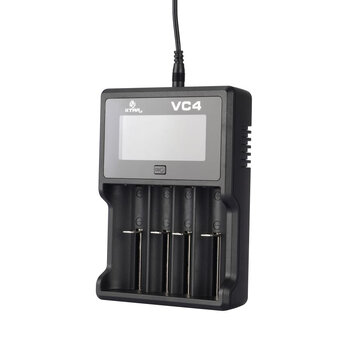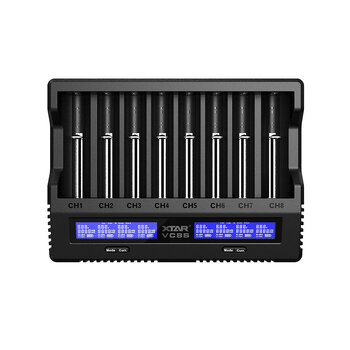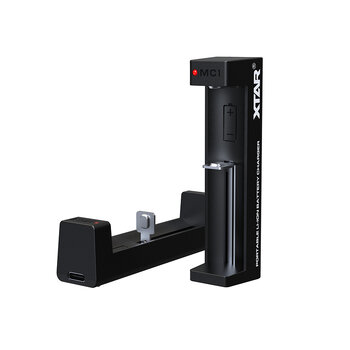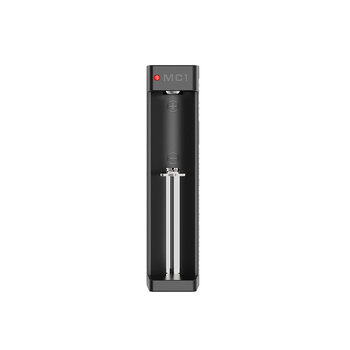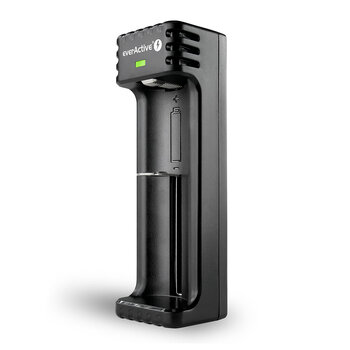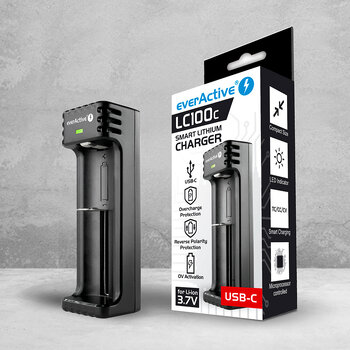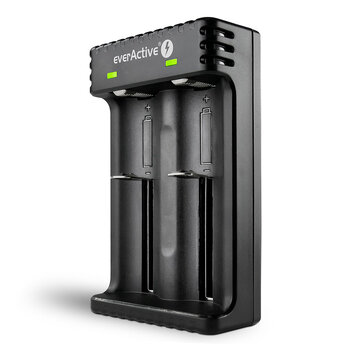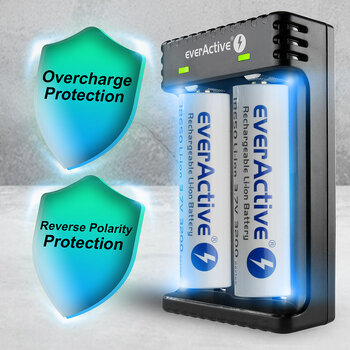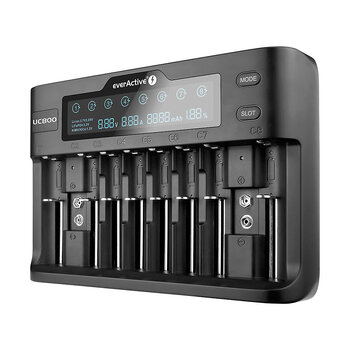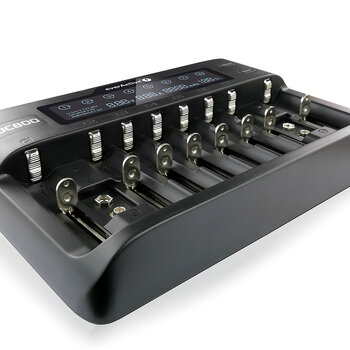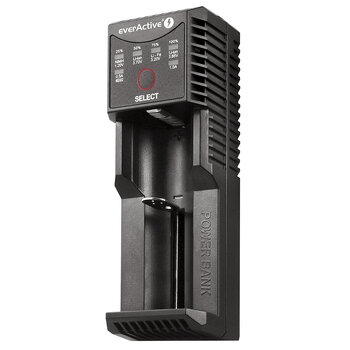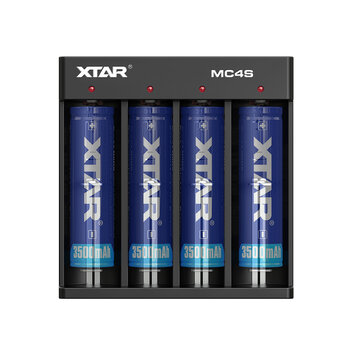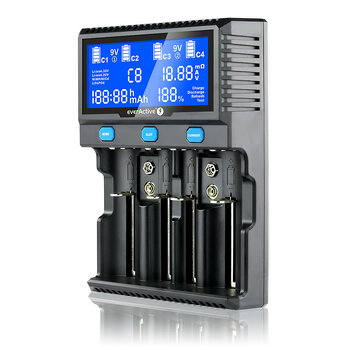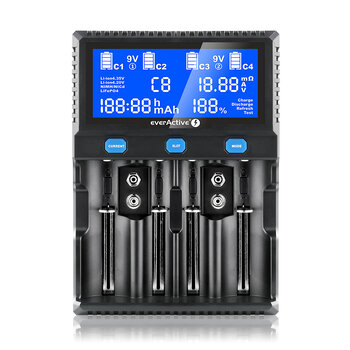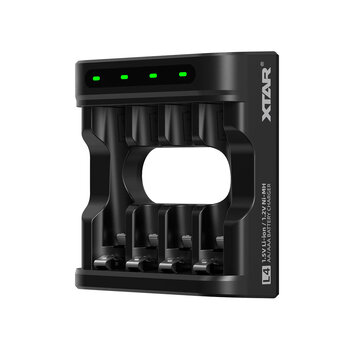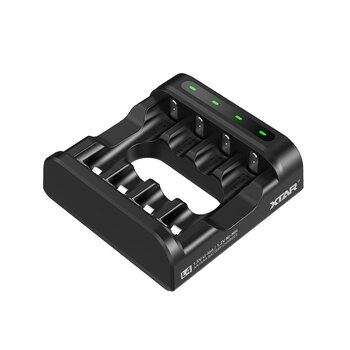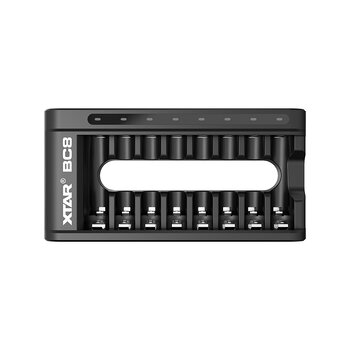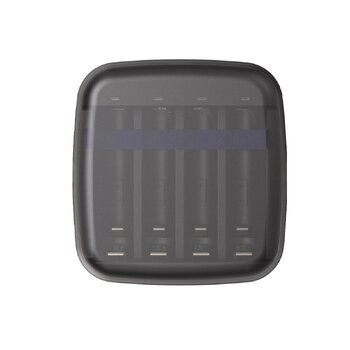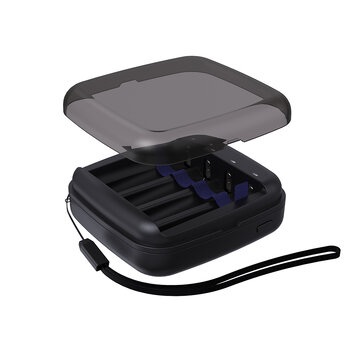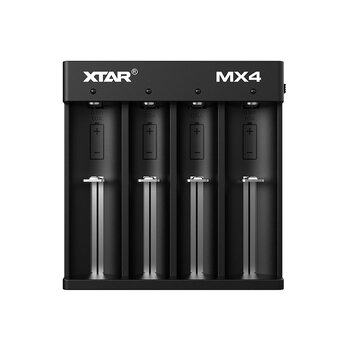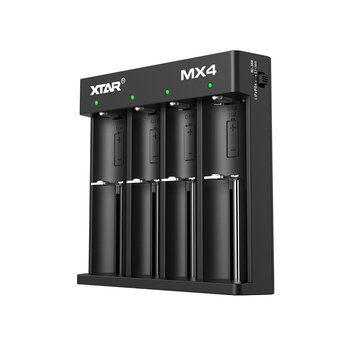Professional Fast Processor Charger
Xtar VP1
for Li-ion batteries in sizes 18650 and others
|
•fast - maximum charging current 1A! • Three charging currents for choice of 0.25A / 0.5A / 1A • small size - easy to carry • Deeply discharged cell reactivation function • protection: short-circuit, thermal, against reverse polarity |
Hidden in a small case is a fully professional processor charger with a three-stage TC/CC/CV charging process. Xtar VP1 Charges 3.6/3.7V Li-ion cells. Batteries of any capacity in sizes 10440, 14500, 14650, 16340, 17500, 17670, 18350, 18500, 18650, 18700, 22650, 25500, 26650 are supported. The charging current is determined by a button on the housing. The charging current is common to both channels.
The Xtar VP1 is equipped with an LCD display that informs about the charging current, charging progress and the current battery voltage.
What is the TC/CC/CV charging method? It is a three-stage process of charging Li-ion cells to ensure that the cell is kept in good condition by charging with the right current at each stage and completing the charging process at the right time.
The individual steps of the TC/CC/CV process are:
•TC phase: Cells discharged below 2.9V are 'woken up' with a lower current.
•CC phase: when 2.9V is reached, the cell is charged with a constant current and voltage of the user's choice (default 0.25A).
•CV phase: when the cell is almost charged, the charger switches to decreasing current charging until the appropriate voltage is reached across the cell. Once it is reached, the charging process is complete - the battery is fully charged.
Charged batteries left in the charger will undergo a natural process of self-discharge. Charging will resume when the voltage on the battery drops below 3.9V.
The Xtar VP1 charger has the function of reactivating deeply discharged cells and cells with a voltage of 0V. Many chargers on the market are not able to charge such batteries. This is where the Xtar VP1 charger comes to the rescue, which in many cases allows you to 'save' such cells. Simply insert the deeply discharged battery into the VP1 charger as you would with normal charging - the charger will detect the discharged cell and attempt to reactivate it. Remark! Cells discharged below a certain level are irreparably damaged and may not be able to reactivate them. Avoid discharging Li-ion batteries too deeply – this can lead to a significant reduction in their lifespan and capacity, or lead to their complete inoperability.
Chargers from other manufacturers can significantly increase the temperature of the charged cells during charging. Too much heating of the cells can cause them to wear out faster. When designing the VP1 charger, Xtar went a step further than the competition, solving this problem in a simple way: power from an external power supply was used. Thanks to this, the temperature of the battery charged in the VP1 will increase by a maximum of 15 degrees.
The Xtar VP1 charger comes with an AC adapter with an EU plug and a 12V cigarette lighter cable.
Input Current
in the CC phase
500mA ±50mA
1000mA ±80mA
Loading
500mA - <50mA
1000mA - <80mA
reactivation of deeply discharged cells and 0V cells,
the ability to change the charging voltage and current during the charger's operation
short circuits,
before restoring the battery
mains power supply with EU plug,
car cigarette lighter cable
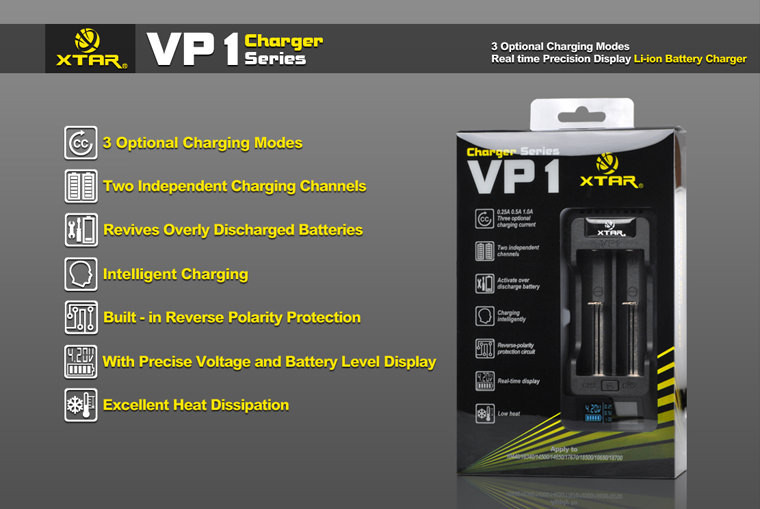
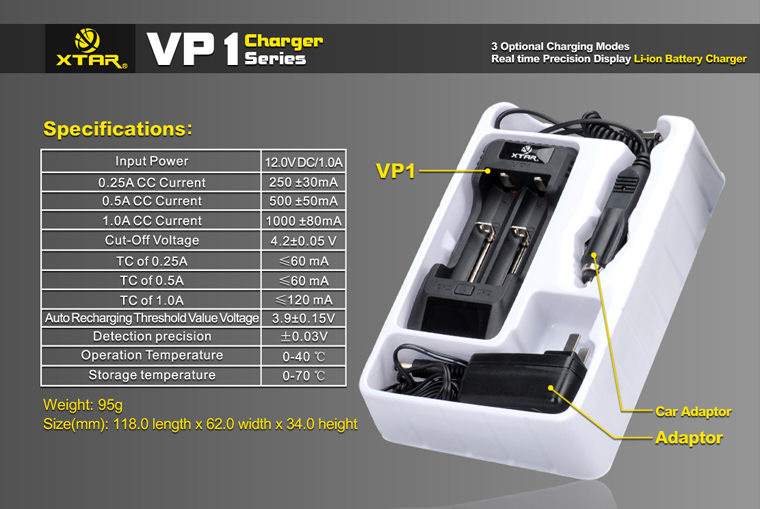
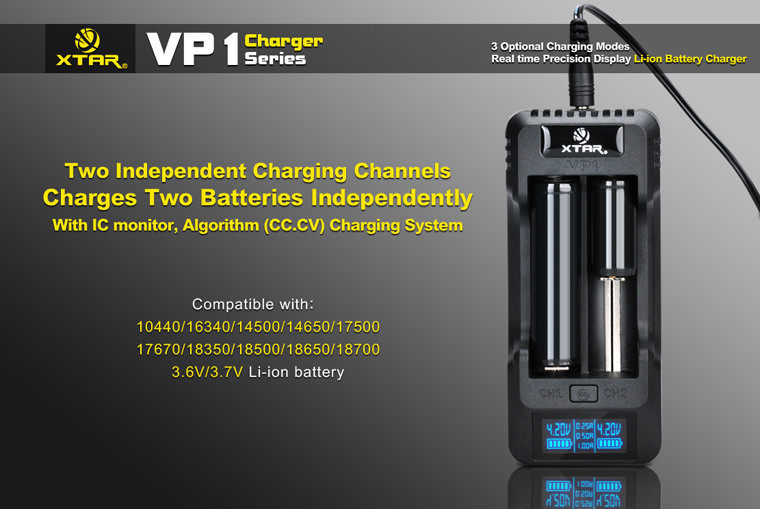
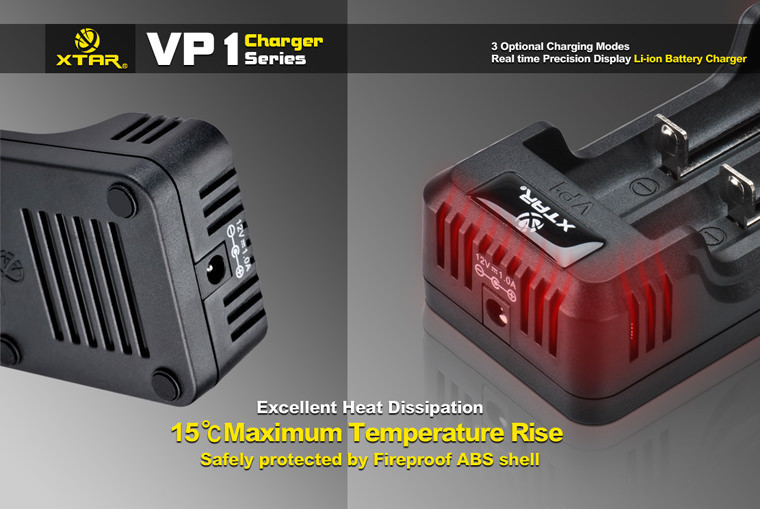

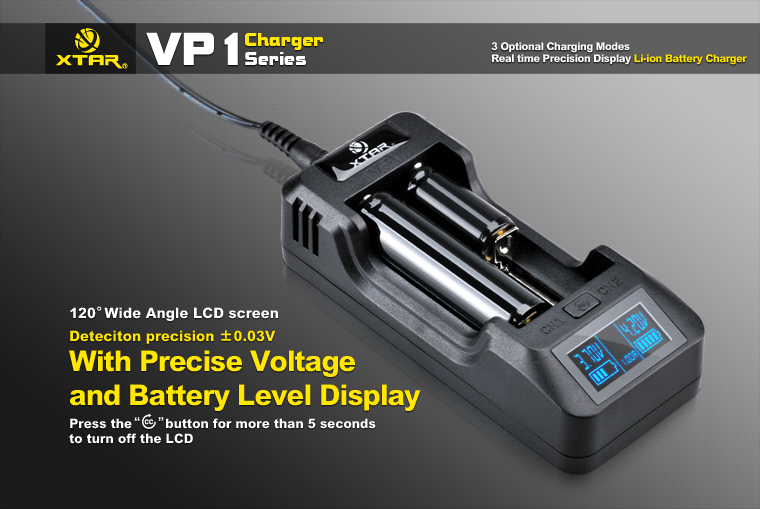
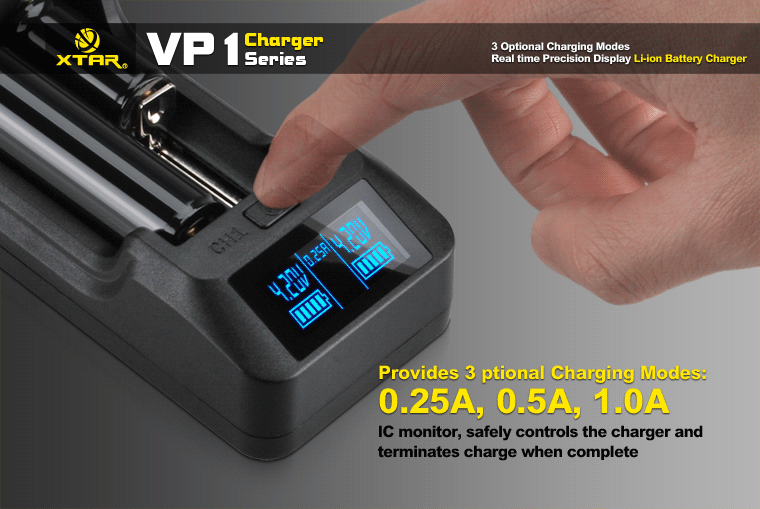
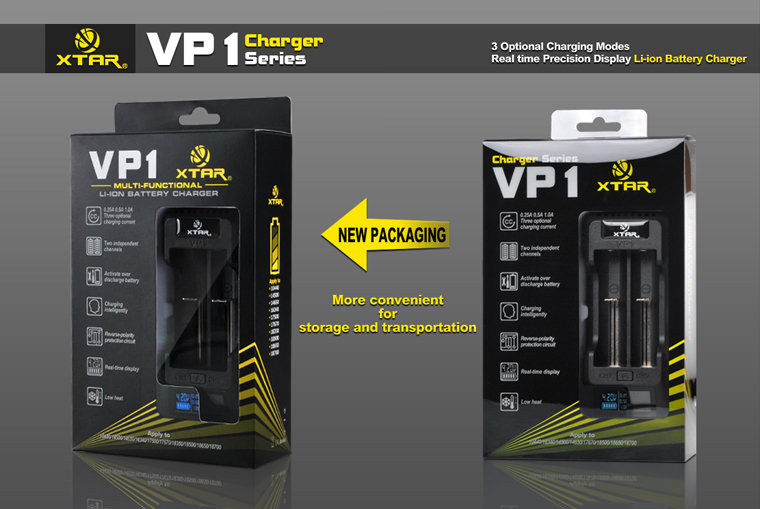
5th Floor, No.77 Xinhe Rd, Shangmugu
518000 Shenzhen
Chiny
Email: info@xtar.cc
Telephone: (+86) 755-25507076
Geodetów 24
80-298 Gdańsk
Polska
Email: contact@baltrade.eu
Telephone: 58 552 20 20
